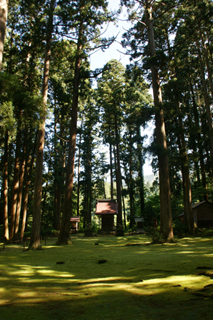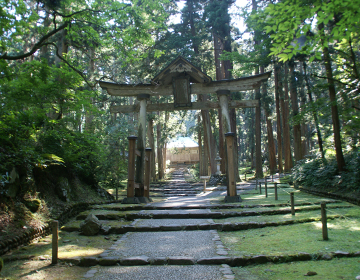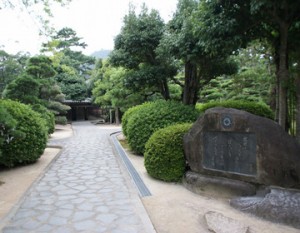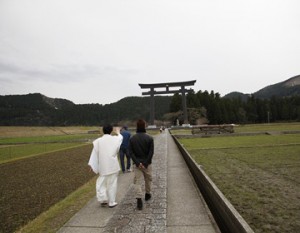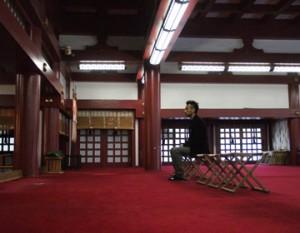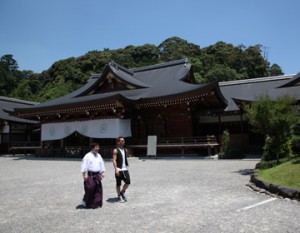Standing in tranquility after reconstruction
Founded in 717, Heisenji Hakusan Shrine is considered to be the general leader of all Hakusan shrines around the country.
You may be wondering why it is named Heisenji, seemingly a temple’s name, despite it being a shrine. This is because the shrine fell within the rule of Hieizan Enryakuji Temple in the Middle Ages. After that the shrine began to be referred to as Reiozan Heisenji.
In the Muromachi period, Heisenji became a big force governing 90,000-koku worth of land. However, it was set afire by Ikko sect followers in 1574 and was destroyed.
Subsequently, Toyotomi Hideyoshi and others reconstructed Heisenji, with a full scale reconstruction during the Edo period.
After the separation of Shintoism and Buddhism in the Meiji period, Heisenji abandoned its temple name and has existed as a shrine since then.
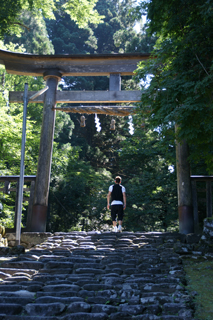
The beauty of moss and nature in the grounds
The approach to Heisenji Hakusan Shrine is designated as one of the 100 famous Japanese paths. Moss covers the stone pavement and big cedar trees stand on both sides as if praising the subtle and profound appearance of the shrine. The air is cool, creating the ambience of entry into another world.
The stones of the big pavement on the approach were reportedly carried by ascetic monks from the riverbed of the Kuzuryu River. They are so large that it is hard to believe they were carried by hand.
Walk the pastoral and tranquil approach and you will suddenly find the main hall which stands as if floating above a moss carpet. This view enhances the illusion of being in an ethereal world even more. It is wonderful to walk around the premises of Heisenji Hakusan Shrine, as it will bring tranquility.
